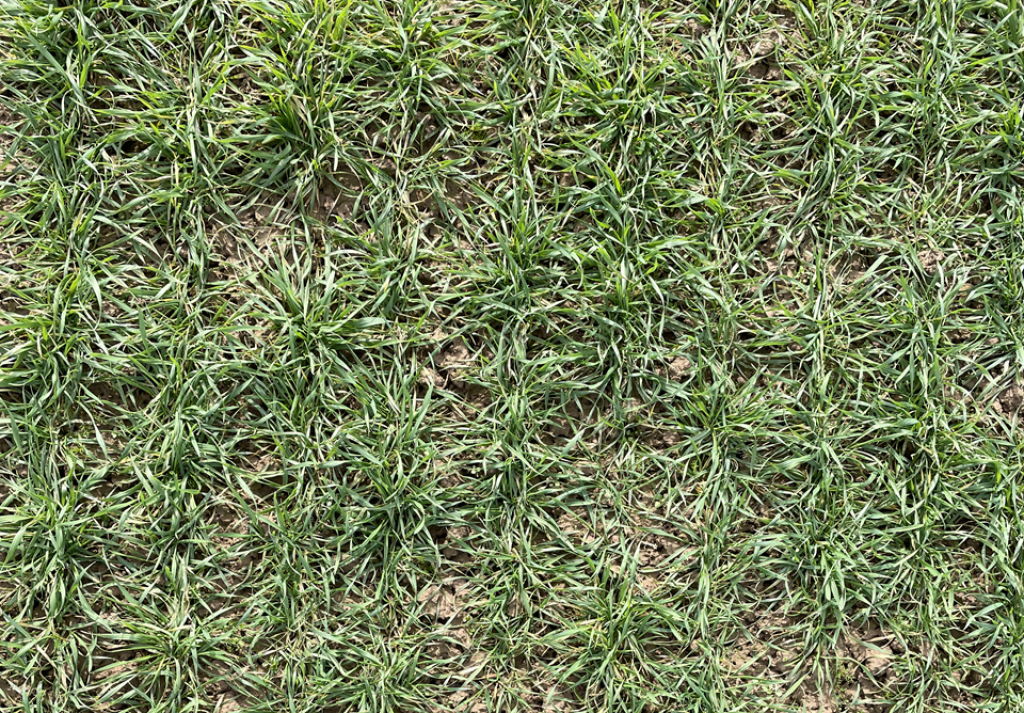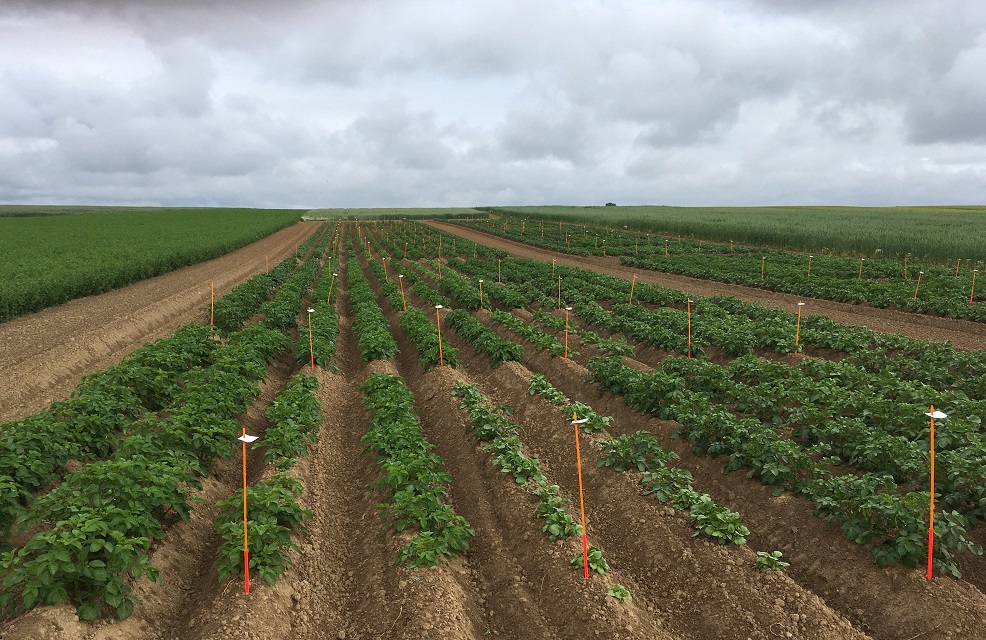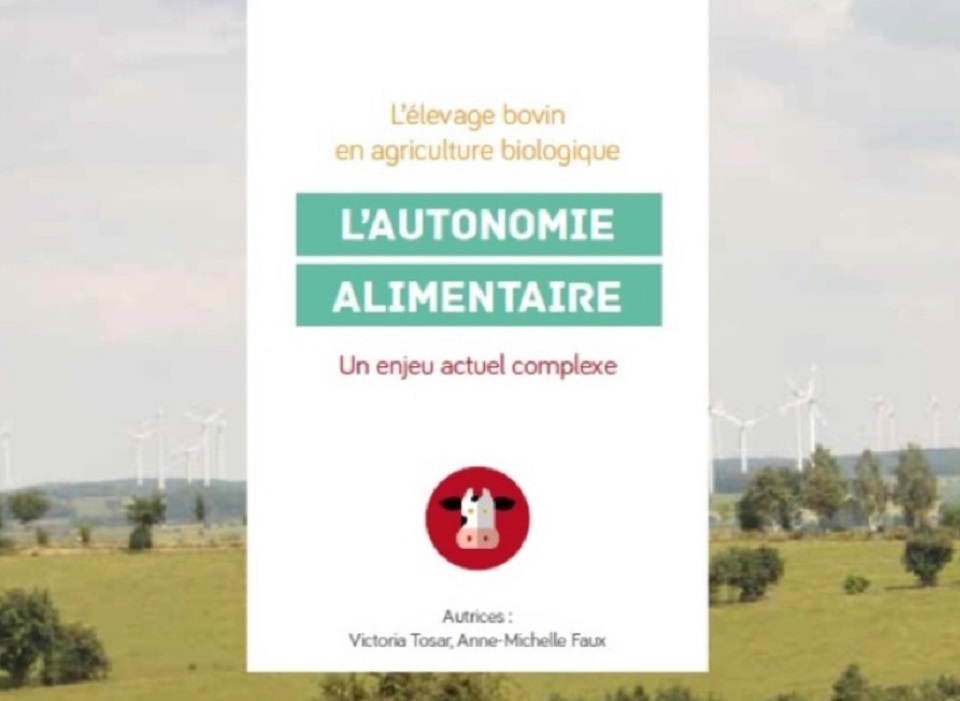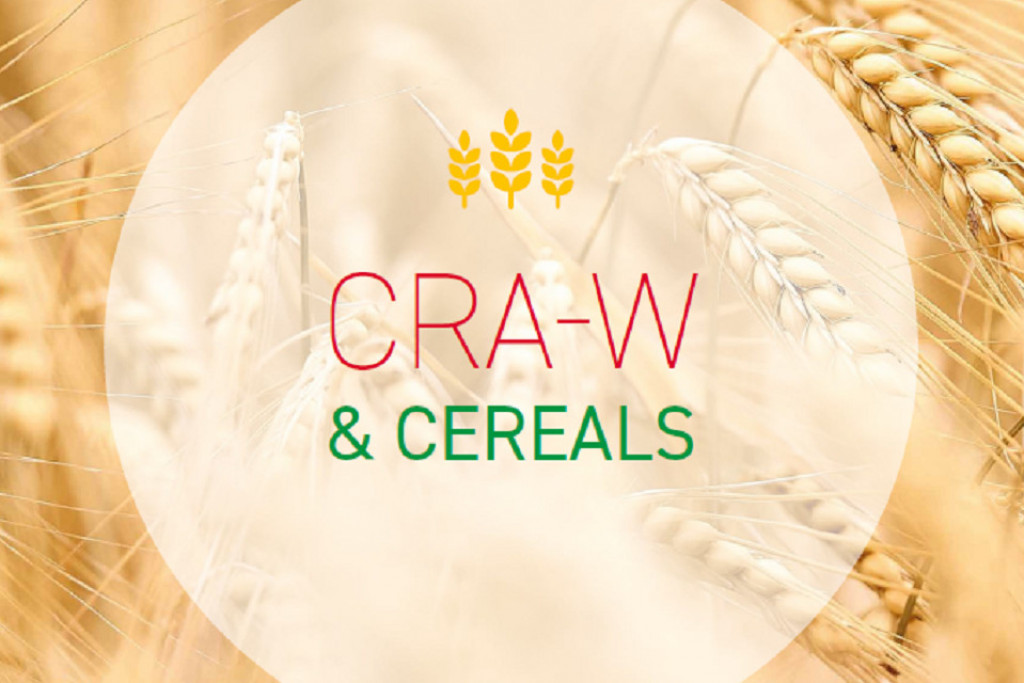Weed control is a major constraint in organic farming. In addition to the use of machinery, the crop itself is also a means of weed control thanks to its covering power, or ability to cover the soil and thereby compete with weeds. Among cereals, triticale is known to be more competitive than common wheat, while there are varietal differences in terms of their ability to suppress weeds.
Since 2020, the cereals’ covering power has been investigated in the variety trials in organic conditions conducted by the CRA-W, CARAH and CPL-Végémar. Concretely, the canopy cover is given a visual score ranging between 1 to 9, on the one hand, and determined by analysing ground photos of each trial plot, on the other hand. In addition, in 2023, a drone equipped with sensors measuring canopy reflectance at different wavelengths flew over the CRA-W’s trial platform. The reflectance values were then used to compute a normalised difference vegetation index (NDVI).
In this context, the present study aimed to improve the method used for characterising the covering power of cereals in order to support variety recommendations for organic farming. The study had two specific objectives:
- Assessing the benefit of image analysis for characterising the canopy cover of cereals, and
- Characterising the relationships between canopy cover and morphological parameters that may be associated.
The use of imagery to characterize the canopy cover of cereals appears to be promising. Indeed, the canopy cover values were more consistent between trials when determined using image analysis rather than visual scores. In addition, there was a high correlation between the canopy cover determined from ground photos of trial plots and the NDVI computed from the drone images.
No relationship was found between canopy cover and leaf width. Significant relationships between canopy cover, on the one hand, and number of tillers, tillering habit or earliness, on the other hand, were only observed in some trials. This reflects the complexity of the covering power of cereals, which appears to be more the result of a combination of morphological characteristics than the influence of one major feature.
Finally, while imagery seems to offer interesting prospects to characterize the covering power of cereals, we would remind you that choosing a covering variety remains an alternative method of weed control, which has to be combined with other agronomic methods.
Financing: CRA-W allocation for research into organic farming












